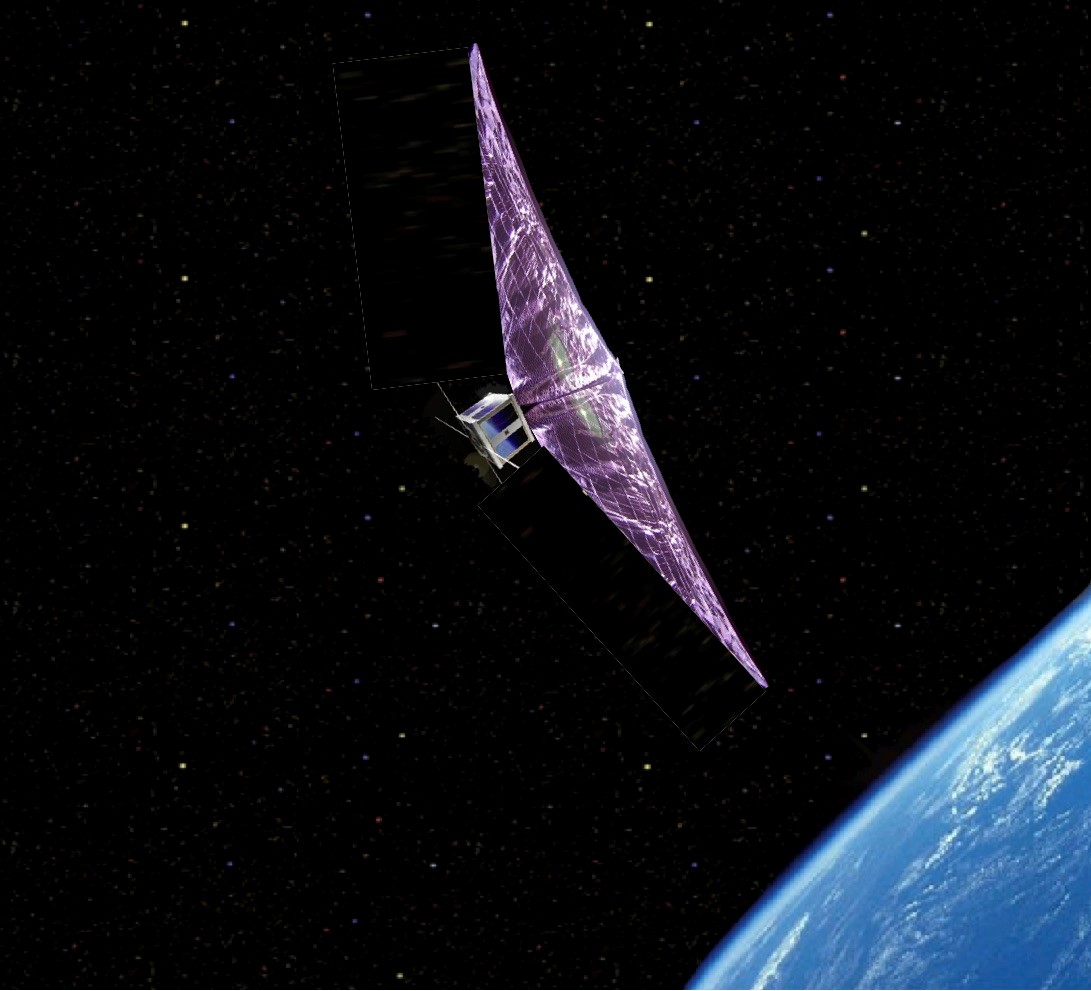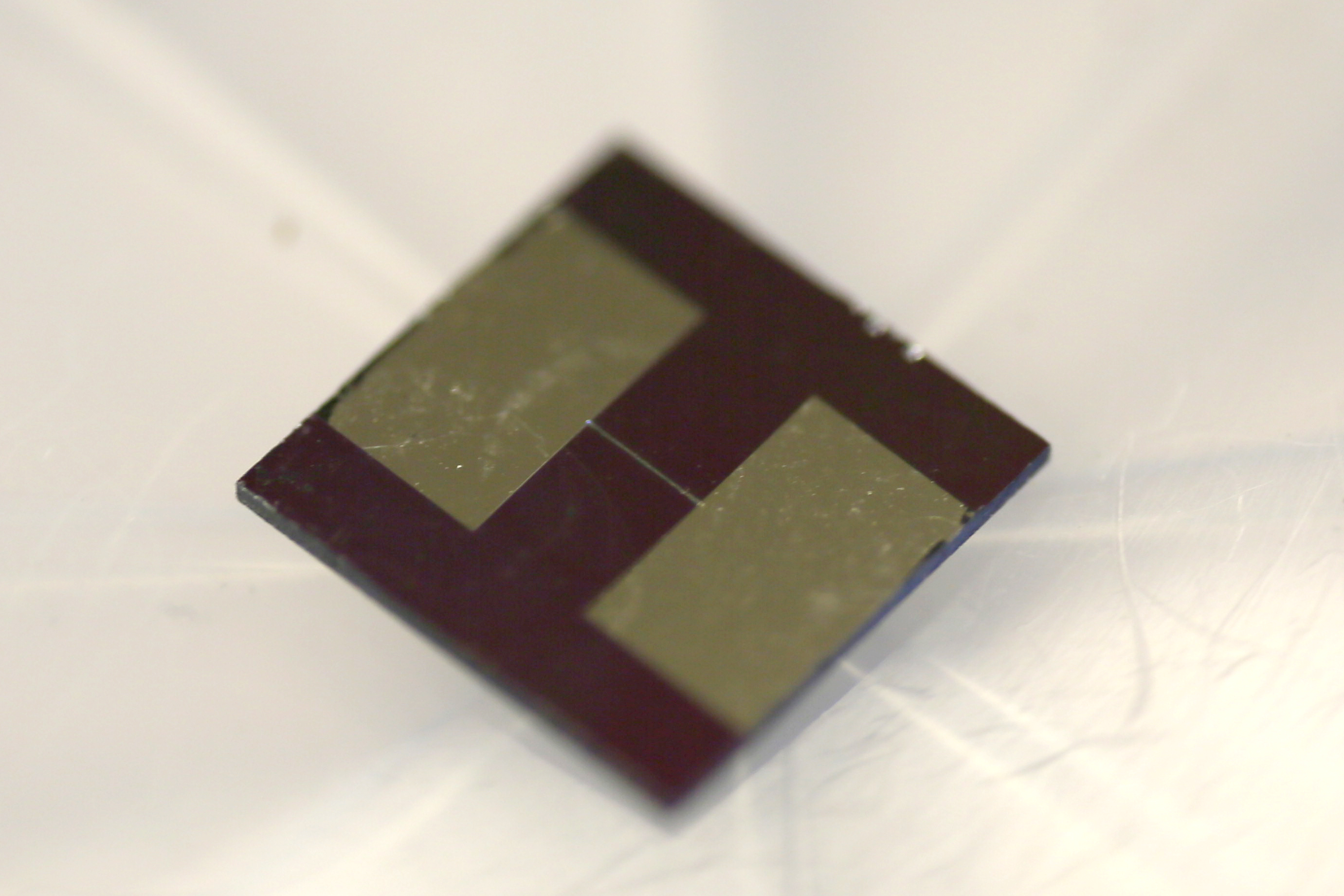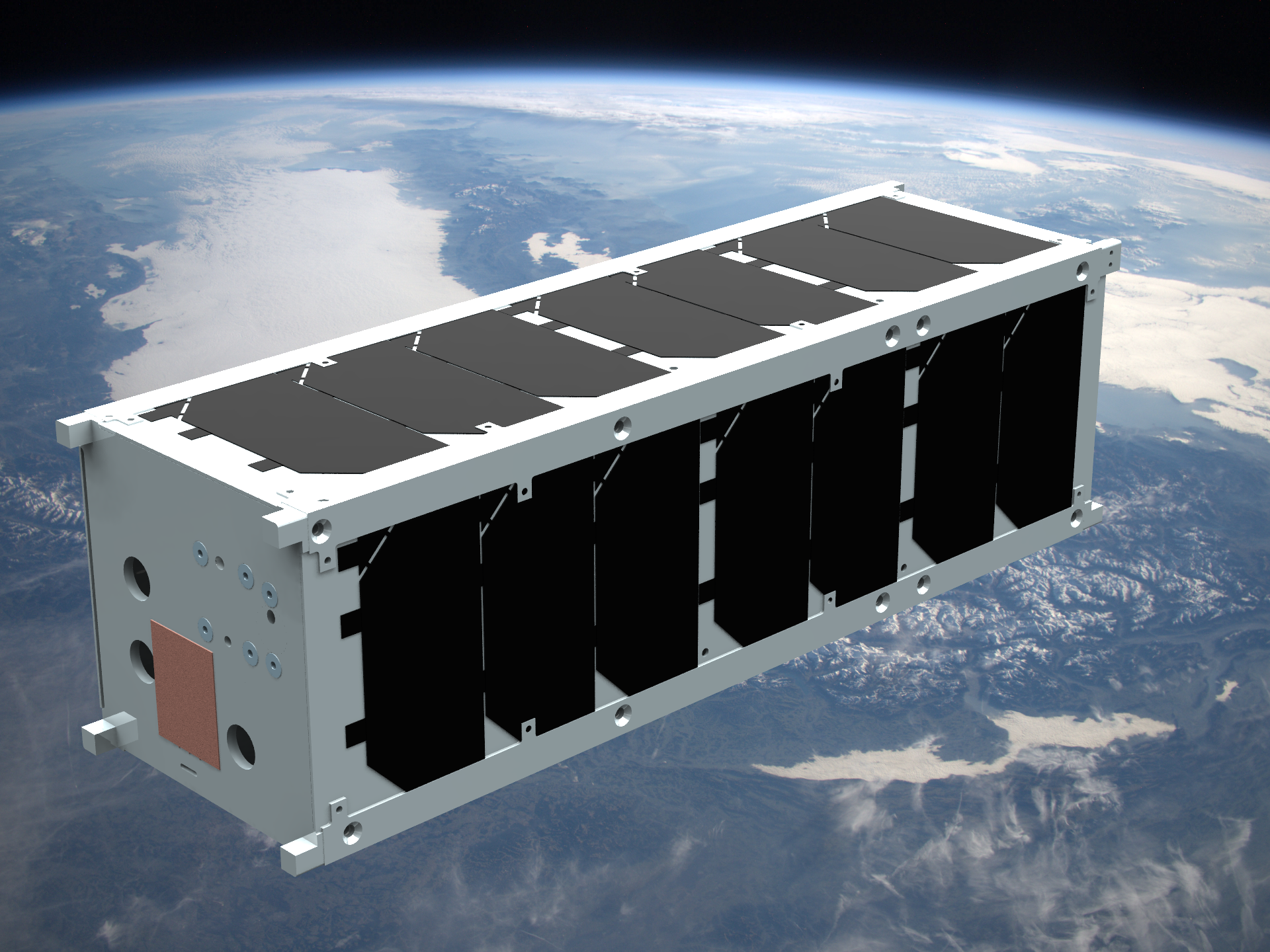Overview
ADE (Aerodynamic Deorbit Experiment)

The Aerodynamic Deorbit Experiment will provide flight qualification and characterize the performance of a deployable drag device to accelerate the deorbit of small satellites. Orbital debris is a growing problem in low Earth orbit. In certain high-value orbits the amount of debris has crossed a threshold of critical density where the number of debris objects will grow exponentially unless mitigated. Pico- and microsatellites represent problematic categories of orbital debris, as they can remain in orbit for over 25 years from orbits exceeding 650 km altitude. With plans for large constellations consisting of hundreds of small satellites, a passive aerodynamically-stable drag device provides an efficient method for accelerating deorbit following the completion of a satellite’s operational mission. The ADE 1U CubeSat will be deployed from the Centaur upper stage on a future United Launch Alliance launch. The baselined orbit for the ADE mission is geosynchronous transfer orbit (GTO), with perigee/apogee orbit altitudes of 185 km/35,756 km and an inclination of 27.0 deg. The expected orbital lifetime of ADE is 50-250 days following deployment of the drag device. With no drag device, a standard 1U CubeSat would remain in orbit for approximately 2,500 days (6.85 years). Dr. Spencer is the Principal Investigator for the Aerodynamic Deorbit Experiment.
FEMTA (Film-evaporated MEMS Tunable Array)
 Film-evaporated MEMS Tunable Array (FEMTA) exploits microscale effects to permit fluid surface tension to act as a thermal valve, thereby creating a very simple propulsion and thermal management system for SmallSat applications. FEMTA uses water as its propellant.
Film-evaporated MEMS Tunable Array (FEMTA) exploits microscale effects to permit fluid surface tension to act as a thermal valve, thereby creating a very simple propulsion and thermal management system for SmallSat applications. FEMTA uses water as its propellant.
Advanced Micro-Electro-Mechanical Systems (MEMS) microfabrication techniques have been developed for this technology. The experimentally confirmed capabilities of the 3rd generation FEMTA are:
- Thrust up to 70 microNewton per nozzle at less than 0.1 Watt
- Thrust to power ration of 250 microNewton per Watt
- Cooling to input power of up to 14:1
- ISP of 80 seconds.
SASSI2 (Student Aerothermal Spectrometer Satellite of Illinois and Indiana)

The Student Aerothermal Spectrometer Satellite of Illinois and Indiana (SASSI2) mission will characterize the flow and radiation generated by the diffuse bow shock formed during high-speed flight through the upper atmosphere. Optical spectrographic measurements of the radiation will provide benchmark data for flow, radiation, and materials modeling, improving aerothermal reentry models. Dr. Zach Putnam (UIUC) is the PI for SASSI2. Alina Alexeenko is the PI for the Purdue science instruments. David Spencer is Co-Investigator.
